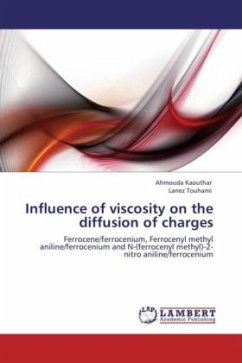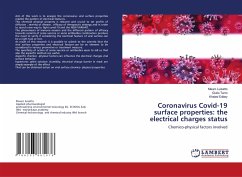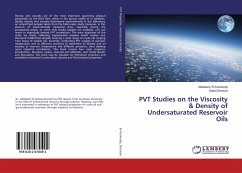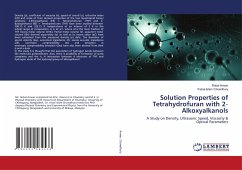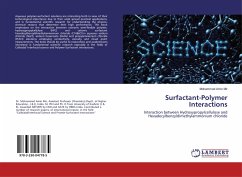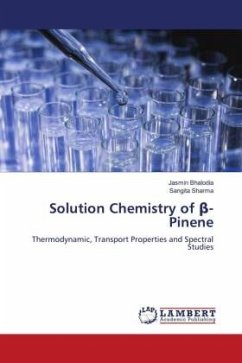The aim of this work is the study of viscosity influence on the diffusion of Ferrocene/ferrocenium, Ferrocenyl methyl aniline/ferrocenium and N-(ferrocenyl methyl)-2-nitro aniline/ferrocenium couples within solutions contain aqueous ethanol at different percentages as the solvent and potassium chloride as the supporting electrolyte. The dynamic viscosity of prepared solutions was calculated using the most adequate models of Faulkenhagen and of Teja-Rice. The electrochemical behavior and diffusion coefficients are investigated using two voltammetry techniques: cyclic and rotating disc electrode, on two different indicator electrode materials: glassy carbon and platinum. Cyclic voltammetry investigated at scan rates vary from 25, 50, 75, 100 to 150 mV/s, using Randles-Sevcik relation and rotating disc electrode voltammetry at angular velocities vary from 1200, 1600, 1800 to 2000 rpm, at scan rate equals to 100 mV/s, using Levich relation. The diffusion coefficient is influenced by several factors such as indicator electrode material and used voltammetry technique.

